Originally published on SoundStage! Xperience
Bowers & Wilkins P9 Signature headphones measurements can be found by clicking this link.
 In 1966, John Bowers and his friend Roy Wilkins established B&W Electronics Ltd. -- the seed money had come from an elderly lady who’d been deeply impressed with Bowers’s knowledge of classical music and the quality of the speakers he’d built for her. The same year saw the development of B&W’s first loudspeaker, the P1. Now, 50 years later, Bowers & Wilkins has grown into one of the world’s best-known loudspeaker brands, with a huge variety of products and a distribution chain that spans the globe. Its 50th year saw the redesign of B&W’s flagship 800-series speakers, and the introduction of their first flagship headphones model: the subject of this review, the P9 Signature ($899.99 USD).
In 1966, John Bowers and his friend Roy Wilkins established B&W Electronics Ltd. -- the seed money had come from an elderly lady who’d been deeply impressed with Bowers’s knowledge of classical music and the quality of the speakers he’d built for her. The same year saw the development of B&W’s first loudspeaker, the P1. Now, 50 years later, Bowers & Wilkins has grown into one of the world’s best-known loudspeaker brands, with a huge variety of products and a distribution chain that spans the globe. Its 50th year saw the redesign of B&W’s flagship 800-series speakers, and the introduction of their first flagship headphones model: the subject of this review, the P9 Signature ($899.99 USD).
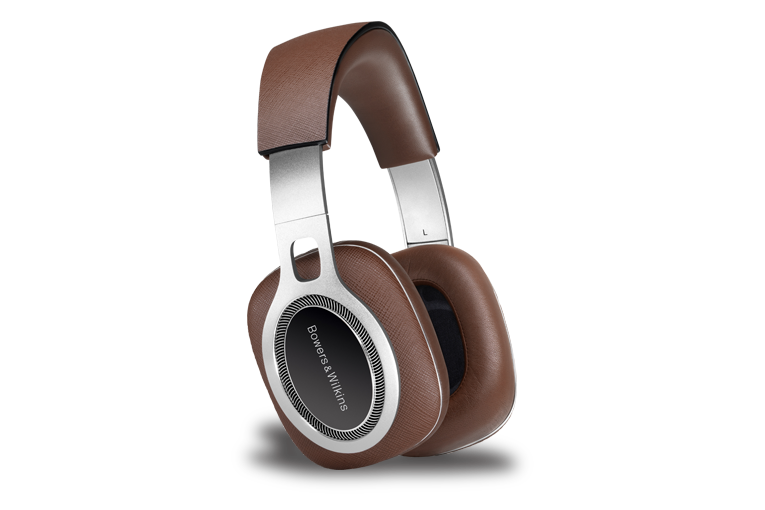
Description
Expectations should be high for any product whose name includes the word Signature, particularly for a product from a company with a history as storied as B&W’s. Fortunately, straight out of the box, it’s clear that the B&W design team has done its part to make sure the P9 Signatures don’t disappoint. Materials include thick pieces of brushed aluminum, plush padding, and earpads and headband coverings in saffiano leather -- a soft calfskin with a distinctive crosshatch pattern stamped into it.
The large (3.75” x 3” x 2”) earcups are made of a combination of aluminum and composites; they feel sturdy, and sound inert when tapped. A spring running around the oval Bowers & Wilkins badge affixed to each earcup suspends it in an outer yoke of aluminum that’s part of the headband assembly. Not only does that arrangement permit a small degree of movement front to back and from top to bottom, for comfortable positioning, it also largely decouples the earcup from the headband. The headband itself consists of wide straps of aluminum that slide smoothly in and out of the top arch for length adjustment, and are hinged for folding the earcups into the headband to make a somewhat more compact, if still rather bulky, package. Folded up, the P9 Signatures can be stored or transported in their case, made of Alcantara, a suede-like synthetic material, which will provide some protection against scuffing the beautiful leather.
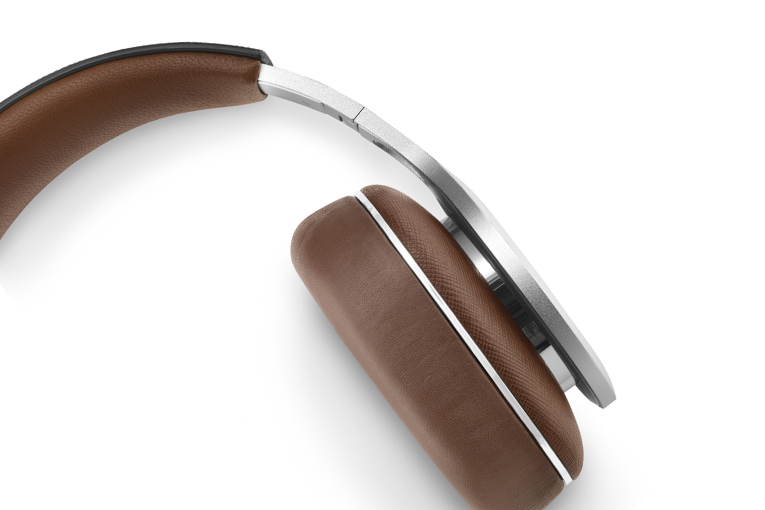
The P9s’ technical features have also undergone a great deal of scrutiny, building on what the B&W team has learned from engineering previous headphone models. The 40mm cone drivers of damped nylon are claimed to have a pistonic suspension that permits precision at high frequencies, and compliance for deep, powerful bass. And, as with a number of other full-size headphones, B&W has angled the drivers, in an attempt to make the headphone-listening experience closer to that of listening to loudspeakers.
The earpads, with openings for the ears that measure 2 1/4” x 1 5/8”, are said by B&W to be dual cavity, and designed for controlled air leakage. As with previous B&W headphones, the earpads are magnetically attached: Removing the left pad gives access to the strain-relieved connection for the three cables B&W includes, in lengths of 5m, 1.3m, and 1.3m with microphone and remote. All cables are terminated at the player end with 1/8” plugs; a 1/4” adapter is provided. A Lightning cable, slated for release in mid-2017, will be made available free of charge to all buyers of P9 Signatures.
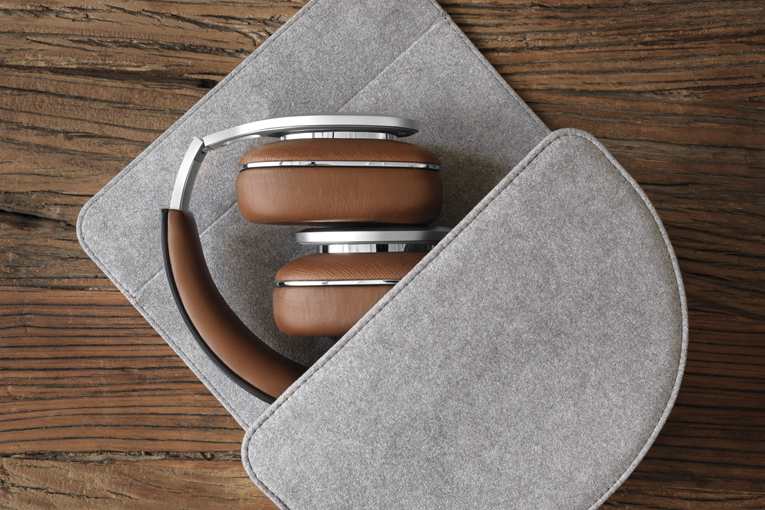
The P9 Signatures have a specified frequency response of 2Hz-30kHz, an impedance of 22 ohms, distortion of 0.2% measured at 1kHz for an input of 10mW, and a maximum input of 50mW. Sensitivity is given as 111dB/V, which works out to about 94.4dB at 1mW. That’s a little lower than average for portable headphones, which B&W claims the P9 Signatures are, but I got satisfactory volume when I connected them to my iPhone 5S. Unsurprisingly, the sound tightened up when I plugged the P9s into my usual Grace Design m902 headphone amplifier.
Sound
With the first album I played through the P9 Signatures, Macy Gray’s Stripped (24-bit/192kHz AIFF, Chesky/HDtracks), I was immediately captivated by their reproduction of soundstages -- rarely a strength of headphones. Like other albums in Chesky’s Binaural+ series, Stripped was recorded in a decommissioned church using a single dummy-head stereo microphone, with no equalization, compression, or processing of any kind. The binaural recording technique makes the album sound spacious through any decent pair of headphones, but the P9s took it to the next level, in terms both of size of soundstage and specificity.
In the purest form of “mixing,” the Chesky engineers adjust the distances of the instruments and voice from the microphone for each track: for example, the drums were brought closer for “First Time,” in which Ari Hoenig does only light brushwork; and farther away in “I Try,” which features rim clicks. Through the P9s, those changes in distance weren’t only apparent from variations in volume and audible detail, but also from the natural and coherent differences in the balances of direct vs. reverberant sound. In tracks for which Gray stood close to the mike, it was easy to hear every movement of her head -- something that occasionally produced an odd in-and-out effect as she moved from one side to the other of the dummy head. And in the songs where she’s joined by Wallace Roney, I heard his trumpet somewhat to the right, and far out in front of me.
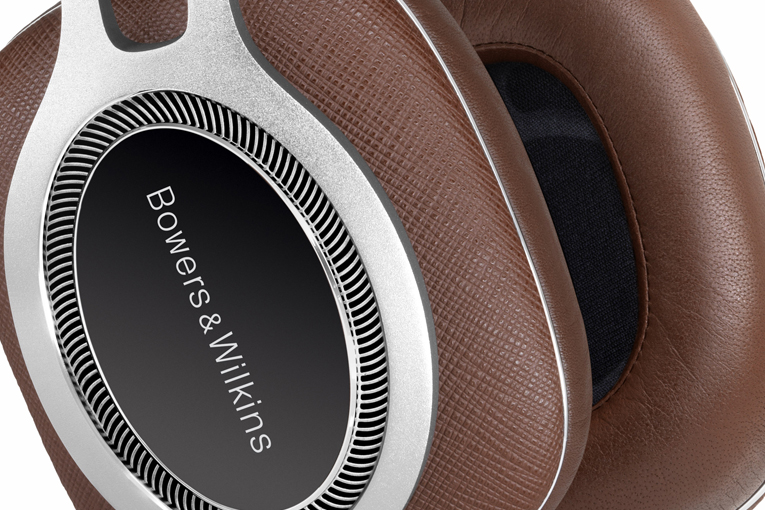
The next album I turned to was another great recording made in a church with a single stereo mike, albeit not in a binaural setup: the Cowboy Junkies’ The Trinity Session (16/44.1 FLAC, RCA). This recording was made with the members of the band gathered relatively closely around the mike, to leave plenty of space behind them for the sounds of their instruments to breathe. Again, the P9 Signatures “placed” each sound source with great specificity, bathed in the reverberant field of the venue, Toronto’s Church of the Holy Trinity. I felt as if I were there at that session in November 1987.
Studio recordings, too, gained from the P9s’ ability to place each voice or instrument from left to right, with multiple layers of depth. But the recordings I felt most benefited from their spatial prowess were of live opera performances -- such as that of Puccini’s Tosca with José Carreras, Eva Martón, Juan Pons, and the Hungarian State Orchestra and Chorus under the baton of Michael Tilson Thomas (CD, Sony Classical SM2K 91175). I was able to hear the movement and interaction of the singers onstage with such a degree of precision that it was almost like watching them. In fact, the only headphones I’ve heard that can substantially better the P9 Signatures for soundstaging abilities are Sennheiser’s HD 800 S ($1699.95).
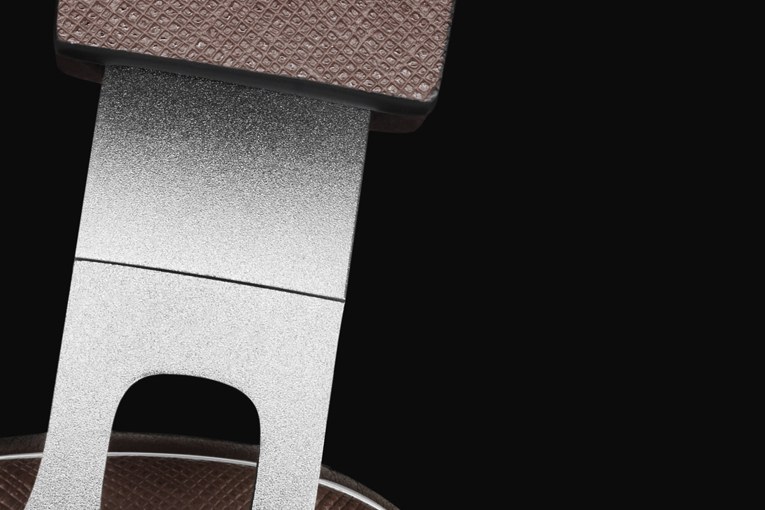
One of the hallmarks of the Bowers & Wilkins sound is robust bass. They’ve managed to carry that through into each of their headphone designs -- from the little in-ear C5s and on-ear P3s through the circumaural P7s -- but the quantity and, more important, quality of bass from the P9 Signatures was in an altogether different league. There seemed to be a slight bump in the 80-120Hz range that lent a pleasing fatness to the electric bass that opens “Come Together,” from the Beatles’ Abbey Road (24/44.1 FLAC, Apple), and gave extra punch to the kick drum. Lower, they clearly reproduced the subtle pedal notes over which the lines in the manuals meander in the second of Kalevi Aho’s Three Interludes for Organ, performed by Jan Lehtola (24/96 FLAC, BIS/eclassical), and impressively conveyed the room-shaking power of the largest pipes later in the piece. While rock bass drums were always deeply satisfying (pun intended), the P9 Signatures clearly demonstrated the difference in scale between them and the far larger orchestral bass drum used in Eiji Oue and the Minnesota Orchestra’s recording of the Finale of Stravinsky’s The Firebird, from the orchestral sampler Tutti! (24/176.4 WAV, Reference).
While the P9s’ bass performance was impressive, I didn’t feel it was neutral -- compared to reality, it was a little embellished in certain ranges, such as the 80-120Hz band mentioned earlier. While some won’t mind such a voicing, and many will prefer a touch of extra bass and midbass, it did cause Daryl Johns’s superbly recorded double bass on Stripped to sound a little as if it was being played through an amplifier. Denser orchestral bass parts also tended to blend together and into their surroundings just a bit. To be fair, many loudspeakers do the same thing, and most headphones do far more harm to the sound of acoustic basses; but audiophiles who prefer their bass on the neutral to lean side should note this minor criticism.
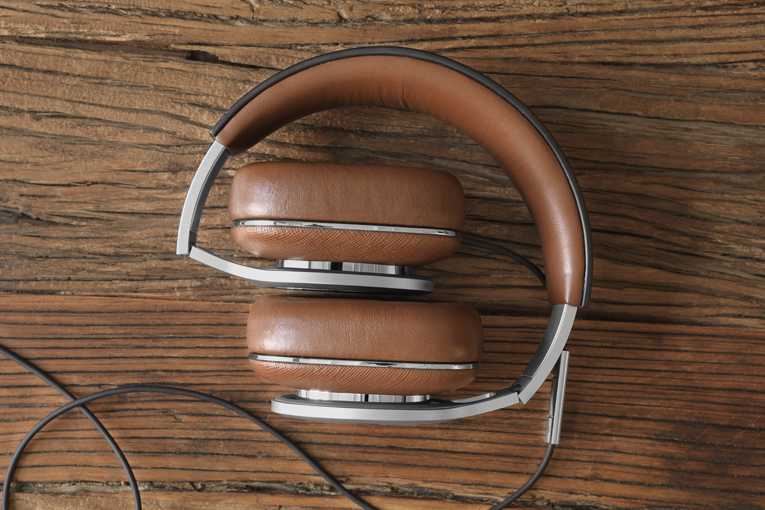
Moving up the audioband, the P9s revealed an affinity for the human voice. Although, when I specifically listened for it, I could detect a hint of added resonance to Matti Salminen’s bass and Albert Dohman’s bass-baritone in a recording of Wagner’s Der Fliegende Holländer, with Marek Janowski conducting the Berlin Radio Symphony Orchestra (CD layer of SACD/CD, PentaTone classics PTC 5186 400), I didn’t hear the P9s adding anything to Leonard Cohen’s gruff baritone in “Bird on the Wire,” from Songs from the Road (16/44.1 FLAC, Columbia), beyond what he was already doing to augment it using the microphone’s proximity effect. Robert Dean Smith’s tenor and Ricarda Merbeth’s soprano on the same Wagner recording were bright and clear, and the P9 Signatures faithfully reproduced the difference between the extra-present sound of Margo Timmins’s voice in most tracks of The Trinity Session and its natural beauty in the album’s first song, “Mining for Gold.”
Comparison
The most comparable pair of headphones I had in-house while the P9s were here were Audeze’s LCD-X over-ear model, for $1699 -- nearly twice the price of the P9s. Both headphones are full-sized (some might call the Audezes oversized) with structural elements of aluminum, soft foam padding, and real leather coverings. The LCD-Xes are significantly heavier, but their slightly thicker padding helped somewhat to mitigate any discomfort their greater weight might have caused. Although the LCD-Xes’ earpads are larger than those of the P9s, the B&Ws’ ear openings are deeper, keeping the ears from rubbing against any part of the driver assembly. The Audezes have a serious professional/industrial appearance; the B&Ws look more sophisticated and fashionable.
Both companies suggest that their headphones are easily portable, but aside from both being far too large to wear on the street, neither can reach its full potential driven from a smartphone. Despite the LCD-Xes’ substantially higher sensitivity spec of 103dB at 1mW, the P9 Signatures seemed to play louder at a given volume level, and were far more dynamic and involving than the LCD-Xes when I drove each directly from my iPhone. Taking full advantage of the capabilities of either model requires using a dedicated headphone amplifier, but for the LCD-Xes, I would consider it almost a necessity. I found that a dedicated amp leveled the playing field in terms of dynamics, and made the rest of the comparison worthwhile.
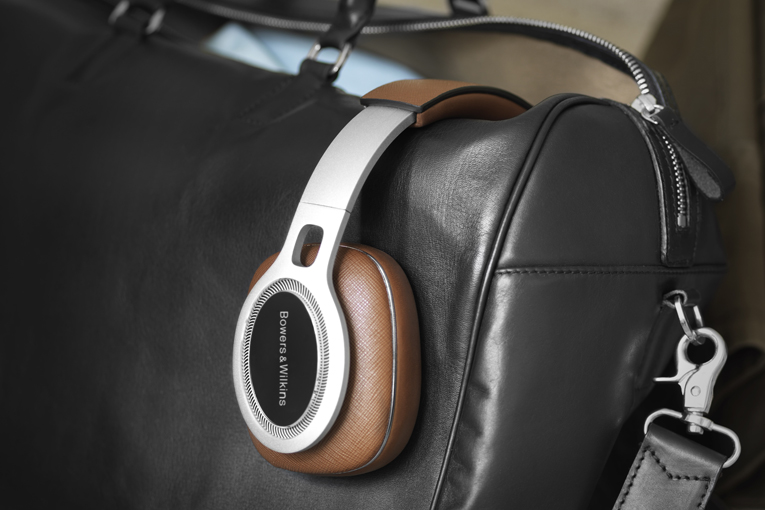
I concentrated on just a few recordings: “What a Little Moonlight Can Do,” from the Wynton Marsalis Quintet and Richard Galliano’s From Billie Holiday to Edith Piaf: Live in Marciac (16/44.1 FLAC, Rampart Street); “Hello” and “Send My Love (To Your New Lover),” from Adele’s 25 (16/44.1 FLAC, XL); and Alan Gilbert and the New York Philharmonic’s recording of Schubert’s Symphony No.8 (24/96 FLAC, NYP/HDtracks). All of the comparisons were done with both headphones driven by the Grace, with the LCD-Xes turned up to match the level of the P9 Signatures.
Both headphones delivered enough bass for all but the most diehard bass heads, and in doing so both sacrificed a little bass and midbass definition. With either, I could follow Carlos Henríquez’s double bass in “What a Little Moonlight Can Do” from the instrument’s upper harmonics -- the fundamentals being hard to distinguish from the venue’s acoustic in this recording -- but the P9s provided a bit more separation. Bass depth was a close thing with “Hello,” slightly favoring the LCD-Xes, but on that one, as well as the next track from Adele, the P9 Signatures punched noticeably harder. The B&Ws also provided more separation for the double basses in the Schubert, but with that recording I felt that the Audezes’ weightier overall balance might be worth their thicker midbass.
While the LCD-Xes’ tonal center is in the lower midrange, the P9 Signatures were oriented a little more toward the upper midrange, tending to place the focus on voices and equivalently pitched instruments. The result was that, with orchestral recordings, the P9s privileged the violins, upper woodwinds, and trumpets, whereas the LCD-Xes make for a more majestic sound. Unsurprisingly, Adele’s songs are mixed to highlight her voice. The Audezes muted and darkened Adele a shade, while the B&Ws put her voice in the spotlight. When she breaks into top volume in the chorus of “Hello,” the P9 Signatures exposed the coarsening in her sound as she pushes her vocal cords to the limit; the LCD-Xes smoothed it out a touch. Through both headphones, I heard some of the hardness inherent in the recording that keeps me from listening to too much Adele at a time, but neither exacerbated the somewhat hot sound of this modern pop recording, as do so many other audiophile headphones.
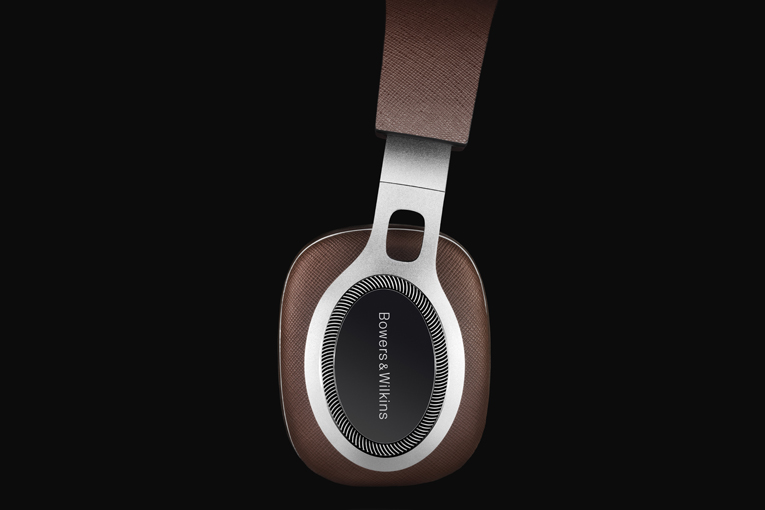
Another difference in their frequency contours was revealed by Ali Muhammed Jackson’s drum solo in the Marsalis-Galliano track. The B&Ws put a little more emphasis on the initial strokes of drumstick against rim, hi-hat, and cowbell; the LCD-Xes concentrated on the body of each sound.
With regard to soundstaging, the Audezes generally put more space between me and the performance, which made the sound seem in some ways more spacious -- whereas the B&Ws exhibited more variation from recording to recording, placing each source of sound in a more specific location, with sharper outlines. These differences in tonal and spatial perspectives made it difficult to judge which headphone was actually reproducing more detail; if pressed, I’d give the nod to the Audezes.
Conclusion
Bowers & Wilkins’ latest headphone model isn’t just the company’s own best to date; it deserves to be compared against other truly high-end headphones from the best manufacturers, even models priced much higher. B&W’s superior industrial design and attention to detail are evident in the P9 Signatures’ quality materials and flawless finishing, which make them headphones you’d be proud to own and wear. The engineering behind them, too, is up to B&W’s usual high standard, with some clever twists on problems that plague many headphones -- e.g., the decoupled earcups. The sound is also typical Bowers & Wilkins: robust bass that will rumble and punch as required, a clear and present midrange that really brings out voices, and a top end that’s kind and a touch forgiving without being closed in -- all of which hang together coherently. Additionally, the P9s’ ability to place sounds in a believable soundscape puts them a step ahead of most other headphones. It’s a total package that well deserves the Signature name.
. . . S. Andrea Sundaram
Associated Equipment
- Headphones -- Audeze LCD-X
- Headphone amplifier -- Grace Design m902
- Digital sources -- Ayre Acoustics C-5xeMP universal stereo disc player, Apple iPhone 5S
- Computer -- Custom Windows 7 laptop with coaxial digital output running foobar2000
- Interconnects -- DH Labs Revelation, QED Silver Spiral
- Power conditioner -- Equi=Tech Son of Q
Bowers & Wilkins P9 Signature Headphones
Price: $899.99 USD.
Warranty: Two years parts and labor.
B&W Group North America
54 Concord Street
North Reading, MA 01864
Phone: (978) 664-2870
Fax: (978) 664-4109
E-mail:
Website: www.bowers-wilkins.com





